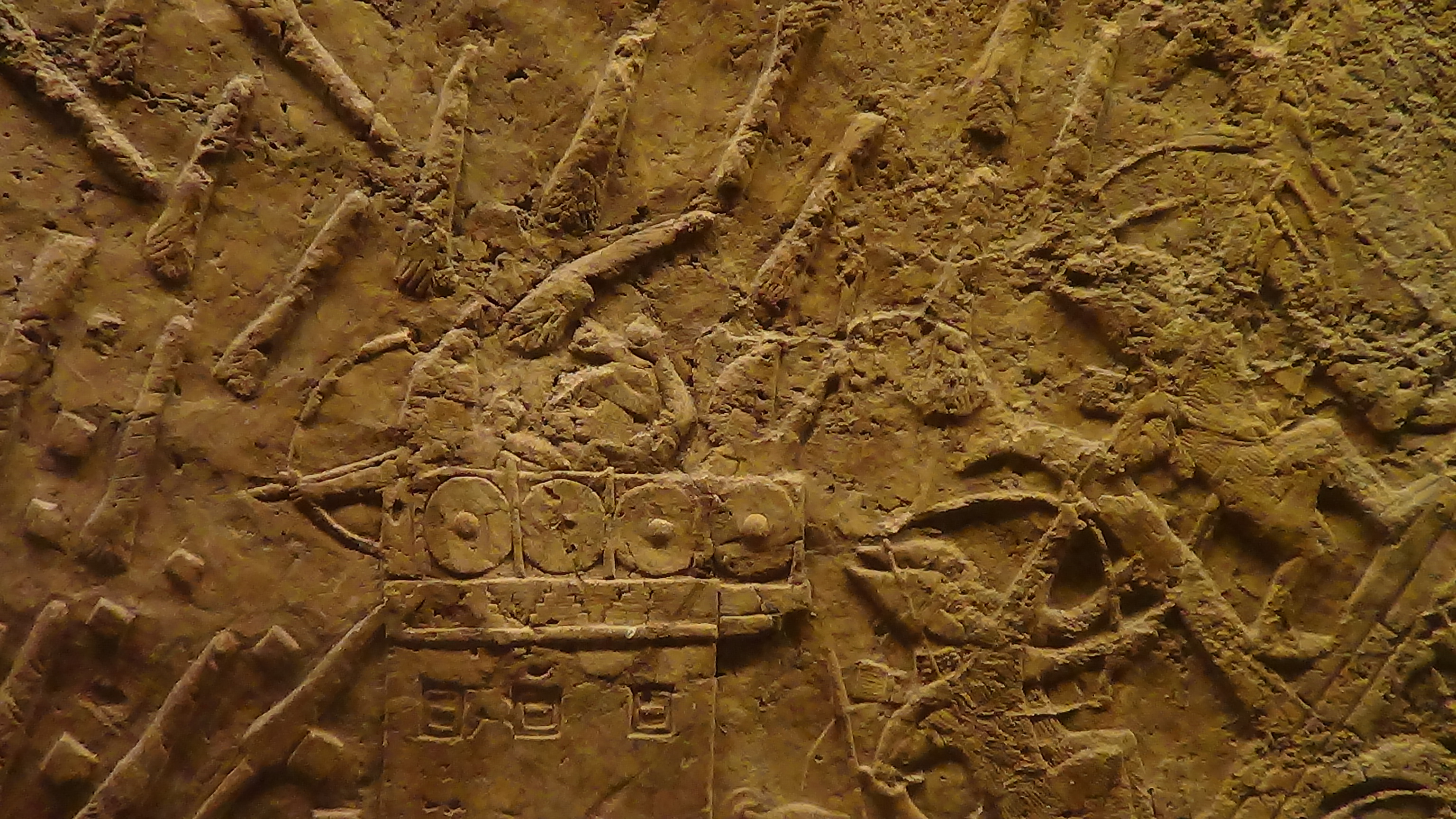Doing the impossible in the Anthropocene: Henrietta Rose-Innes' Nineveh.
Katya, an ethical pest removal specialist, has an impossible job. Rich people hire her to remove pests from their homes, as they once hired her father, Len, a more conventional (and less subtle) exterminator. But Katya has introduced a wrinkle into the family business: she extracts the range of “unloved and unlovely” creatures that hide and survive in the nooks and crannies—the “caterpillars, snakes, frogs, slugs, cockroaches, baboons, rats, mice, snails, pigeons, ticks, geckos, flies, fleas, cockroaches, bats, and spiders,” as she enumerates for a client—but she does it without actually killing them. She moves them and dumps them in parks or in the wilderness outside the city limits; she coaxes them out of wherever they are, and transports them to new hiding places, as gently and humanely as she can.
She is a liberal exterminator; we might even call her a specialist in pest gentrification.
On the surface, Henrietta Rose-Innes’ Nineveh is a realist novel, but an air of unreality enters the narrative with this exterminator who does not exterminate. The novel takes place in a recognizable Cape Town, South Africa, in the present, in a luxury housing complex—called Nineveh, infested with creatures she has been hired to remove—which is not quite fantastical or futuristic enough to make this a work of fantasy or science fiction. In the first scene, we see Katya demonstrate her craft, expertly and painlessly removing a swarm of caterpillars from a tree and transporting it elsewhere. But the prose seethes and shimmers with the uncanny and unsettled, a garden haunted by matter-out-of-place:
“It’s a strange sight, this writhing tree: a tree in mortification. Particularly here, where the perfect lawn slopes down to the grand white house below between clipped flowerbeds flecked with pink and blue. Off to the side, just in the corner of her vision, a gardener is trimming the edge of the lawn... It’s a lovely afternoon for a garden party. But at the center of this picture, an abomination: a single tree sleeved with a rind of invertebrate matter, with plump, spiked bodies the color of burnt sugar. It’s possible to imagine that the whole tree has been eaten away, replaced by a crude facsimile made of caterpillar flesh.”
And yet this sense of strangeness, this surreal image of a tree-shaped pillar of caterpillars, is met with hard-headed practical expertise: with skillful care, Katya encourages the insects on the tree to re-swarm, gently directing the swarm into a specially constructed box, and carrying them off (to be deposited in a nearby forest). There’s a trick to it, or a set of techniques that use the tendencies of the caterpillars against themselves: they follow a leader, so get the leader moving, and off they all go. Put them in a container for transport, close it up, carry them off, and there you are. Done. What is left behind is just a normal tree.
It’s utterly plausible. What do you do, then, with the creepy-crawling feeling left over? If bugs make you itch, then so will descriptions of Katya’s caterpillars (even if she removes them with clinical precision), and so does the reality she excavates. Bugs are everywhere. And even though it isn’t, this novel feels like science fiction; it itches like the dystopian, the speculative, and the post-apocalyptic, even as it’s realistically set in the present. But what is realistic about realism? Cut open a wall, and you’ll find it buzzing with insects; chop open the floor, and there are pests; do a survey of the air in your bedroom, and count the flies—or eat them in the night, without ever knowing it. Our stomachs are filled with bugs, as we know without knowing; nothing is more real than the pests we learn not to see, taste, smell, and know.
On one level, the novel is obviously allegorical, directly political. An ethical pest removal specialist is a perfect figure of liberal gentrification, the well-meaning city-planner who use capitalism to solve capitalism’s problems.
If the allegory is clear, however, the novel muddies it by placing symbolism and reality side-by-side: if an ethical pest removal specialist is a figure for gentrification, then what is she doing working for actual gentrifiers? What is fantasy doing in the realist novel? What is realism doing in fantasy?
Katya’s job is impossible: that she does it, anyway, is the problem the novel sets itself to work out. It’s messy, and this is the point. If we dig a little deeper, we find that “realism” is composed of erasure and removal. There are always bugs in the picture, especially when they’re not pictured; without insects and parasites and critters and creepy crawlies, the rest of the world dies. That which is out of sight and mind is never out of reach. And so, the real and unreal live side by side, symbol and object, fantasy and real. What is one without the other? Matter is always in place; wherever it is, that’s where it is. And no one understands dirt like the people who clean it up.
